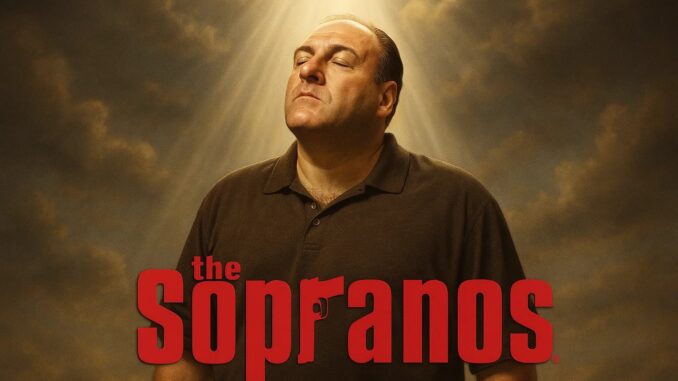
More than twenty years after its debut, The Sopranos continues to dominate conversations in living rooms, podcasts, and online forums. At the heart of this enduring fascination is its legendary series finale, aired in June 2007, which cut to black in the middle of Tony Soprano’s dinner with his family. What seemed like a technical glitch at first turned into one of the most audacious creative choices in television history.
The ending sparked a cultural debate that has never really ended. Some viewers are convinced that Tony was assassinated in that diner, the abrupt silence representing his sudden death. Others argue that the ambiguity is the point—that Tony, constantly living under threat, would always exist in that state of paranoia, never truly safe, never truly at peace. David Chase, the creator, has remained famously elusive in interviews, dropping hints but never providing closure.
What makes the finale so powerful is how it refuses to spoon-feed answers. Instead, it reflects the unpredictability of life itself. Tony had survived countless close calls, betrayals, and FBI investigations, but the final moment suggests that control is an illusion. The cut to black forces viewers to sit in Tony’s chair, experiencing the uncertainty of what comes next.
Generations of new fans who discover the series through streaming platforms have reignited the discussion, posting frame-by-frame analyses of the final scene. Was the suspicious man at the counter the hitman? Was Meadow’s delayed entrance symbolic? Or was it simply a portrait of family, frozen in time?
No matter which interpretation fans embrace, one thing is certain: the finale elevated The Sopranos from a great TV show to a cultural touchstone. The ending isn’t just about Tony Soprano—it’s about storytelling itself, and the risks that redefine television forever.
